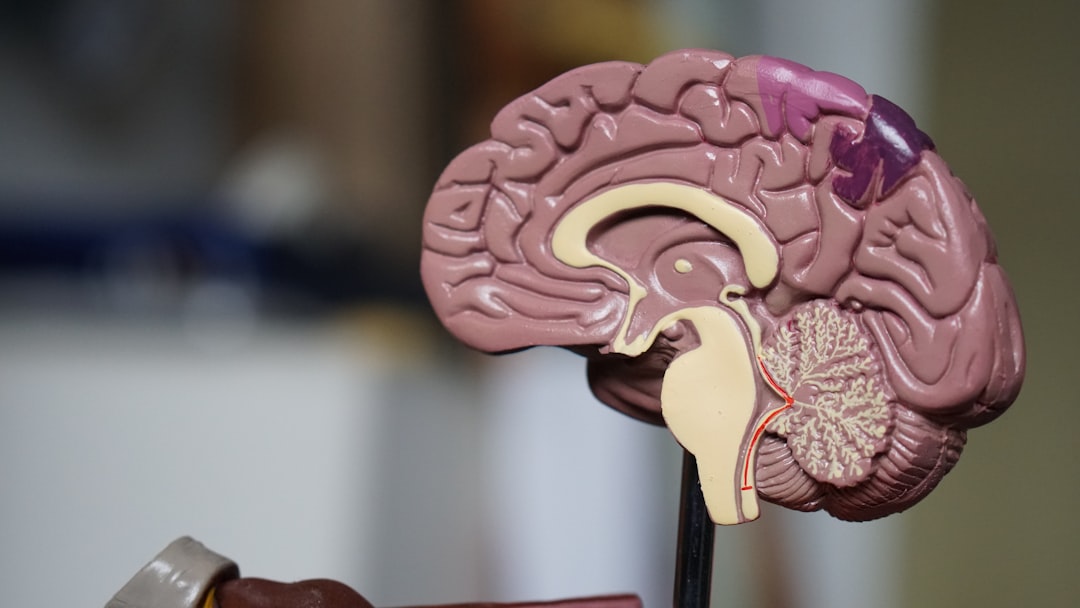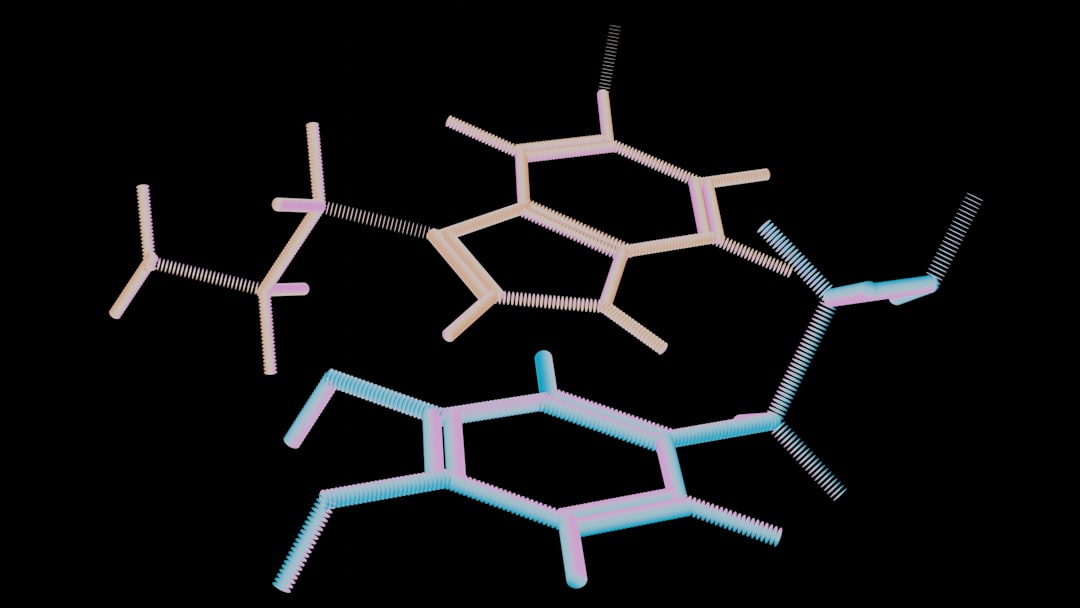
Modern life is designed to distract you. One moment you’re opening your phone to check the weather, and twenty minutes later, you’re still doom-scrolling Instagram reels or caught in a TikTok rabbit hole. If you’ve ever wondered why it’s so hard to focus—or why your brain constantly craves stimulation—what you’re experiencing is dopamine addiction.
This isn’t hyperbole. It’s biology. And once you understand how dopamine addiction works, you can start to reclaim your focus, your productivity, and your peace of mind. Let’s break down what’s happening inside your brain, why it matters, and how to fix it.
What Is Dopamine Addiction, Really?

Dopamine is the brain’s reward chemical. It’s what gets released when you eat something delicious, cross off a to-do list item, or get a like on your latest post. It’s a good thing—until it’s not. When every app, notification, and piece of content is engineered to trigger dopamine spikes, your brain starts to crave constant stimulation.
Dopamine addiction isn’t about being addicted to dopamine itself—it’s about being addicted to the activities that flood your brain with it. Social media, instant messaging, YouTube, gaming—they all give your brain that hit. Over time, this creates a pattern of compulsive behavior. You’re not choosing to check your phone; your brain is demanding it.
The result? Shorter attention spans, decreased tolerance for boredom, and a deep resistance to focus. Tasks that require deep thought feel harder—not because you’re lazy, but because your brain has been rewired for quick hits instead of sustained effort.
How Dopamine Addiction Hijacks Your Brain
When you scroll, swipe, or refresh, your brain learns that these actions are rewarded. That feedback loop reinforces the habit—and the more you engage in it, the harder it becomes to resist.
Dopamine addiction affects the prefrontal cortex, the part of your brain responsible for decision-making, impulse control, and long-term planning. It’s what allows you to sit down and do deep work, read a book, or plan your goals. When it’s overrun by constant stimulation, your ability to focus collapses.
What’s more, dopamine tolerance is real. The more you flood your system with cheap rewards, the more you need to feel good. That’s why just checking Instagram isn’t enough anymore. You need to check five apps. You need new content constantly. And you feel anxious or restless when you don’t get it.
This is the silent trap of dopamine addiction: it doesn’t just steal your time—it rewires your brain to seek distraction over depth.
The Cost of Constant Stimulation
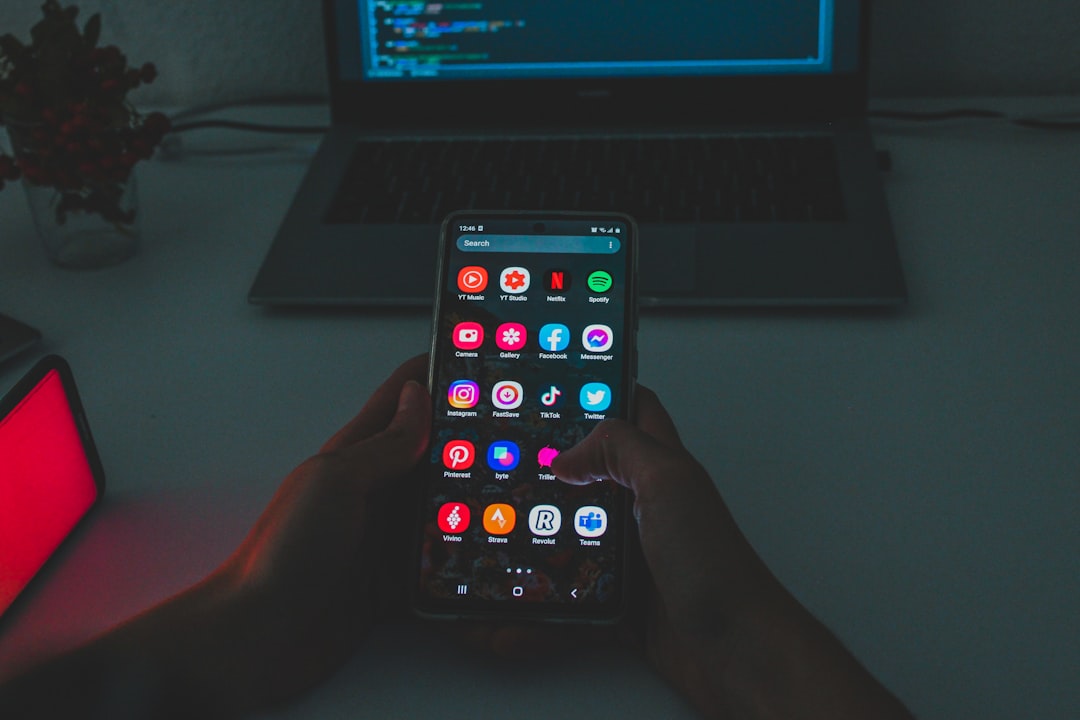
We often think of distraction as a nuisance, but dopamine addiction has deeper consequences. When your brain is addicted to short-term gratification, your capacity for long-term thinking erodes. This isn’t just a productivity issue—it’s a personal growth issue.
Creativity requires stillness. Strategic thinking demands clarity. And meaningful progress is built on consistent, focused effort. But if your attention is fragmented—if you’re mentally checking your inbox, your DMs, and your news feed every few minutes—you lose the ability to go deep.
In fact, studies show that it takes an average of 23 minutes to regain focus after an interruption. Multiply that by every ping, ding, and swipe, and it’s no wonder you feel exhausted without getting anything meaningful done.
High-performers—CEOs, athletes, creatives—understand this. They don’t just protect their time. They protect their attention. And they do that by eliminating the triggers that feed dopamine addiction.
How to Rewire Your Brain for Deep Work

Reversing dopamine addiction doesn’t require a digital cleanse or deleting every app. It requires awareness, strategy, and a little discomfort.
Start by implementing a dopamine detox—short periods where you eliminate or reduce high-stimulation activities. No social media, no YouTube, no aimless scrolling. Even a 24-hour reset can help your brain recalibrate.
Then, create “focus rituals.” Block out time for deep work, turn off notifications, and set specific, challenging tasks. Use tools like Freedom or Cold Turkey to lock distracting apps. Over time, your brain starts to build new pathways—ones that reward effort, not just stimulation.
Set your environment up for success. Leave your phone in another room. Use noise-canceling headphones. Create a workspace that cues focus, not distraction. And track your wins. Every time you complete a focused task, you’re giving your brain a new kind of dopamine hit—one based on mastery, not novelty.
Creating Habits That Reward Focus
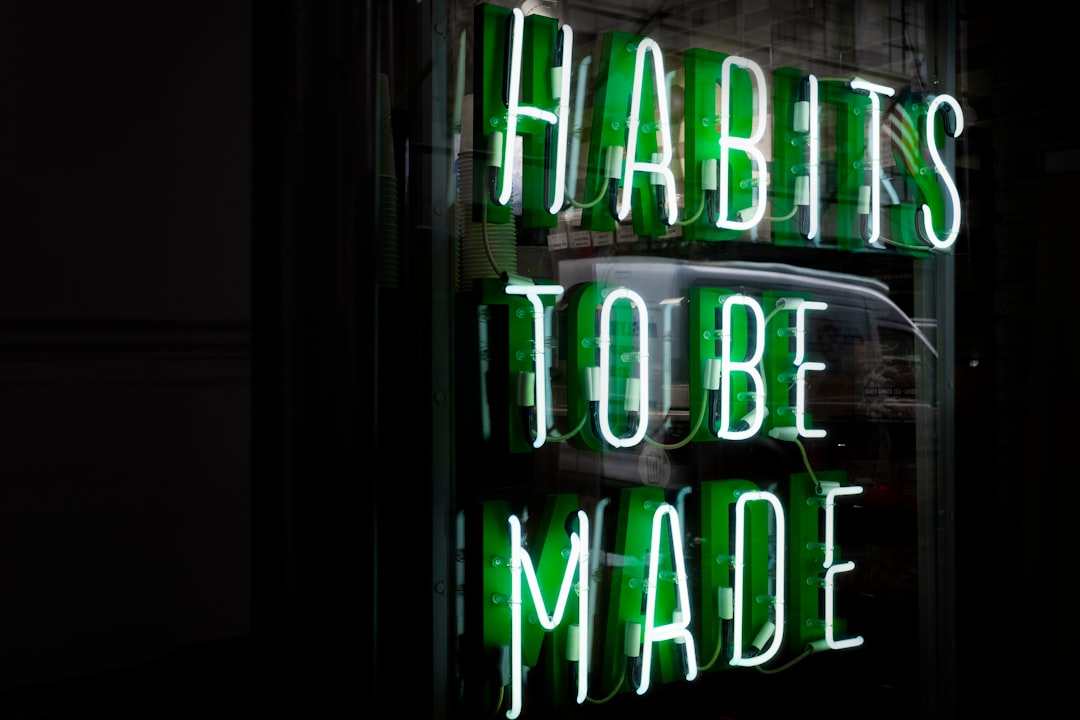
The key to beating dopamine addiction isn’t just removing distractions. It’s replacing them with rewarding, focus-driven habits. When you tie dopamine release to things that matter—like completing a writing session, shipping a project, or hitting a workout—you create a new loop.
Start small. Choose one task per day that requires focus and block 60 minutes to work on it with zero distractions. Reward yourself after. This is how you retrain your brain.
You can also use journaling, habit trackers, or apps like Notion or Streaks to visualize progress. Seeing consistent improvement taps into the same reward system—but in a way that builds momentum rather than dependency.
This shift—from consuming dopamine to earning it—is the foundation of high performance. And it’s how you start to reclaim your mind.
Your Brain Wasn’t Built for Constant Stimulation

Dopamine addiction is the natural outcome of an unnatural environment. Your brain wasn’t built to process hundreds of stimuli per hour—it was built to focus, to solve problems, to engage deeply.
If you’re tired of feeling scattered, distracted, or unproductive, the solution isn’t more willpower. It’s better wiring.
By understanding how dopamine addiction works—and actively creating systems that reward depth—you can rebuild your ability to focus, think clearly, and do work that matters.
Rewire your brain. Reclaim your attention. Rediscover what deep work feels like.
FAQ: Dopamine Addiction
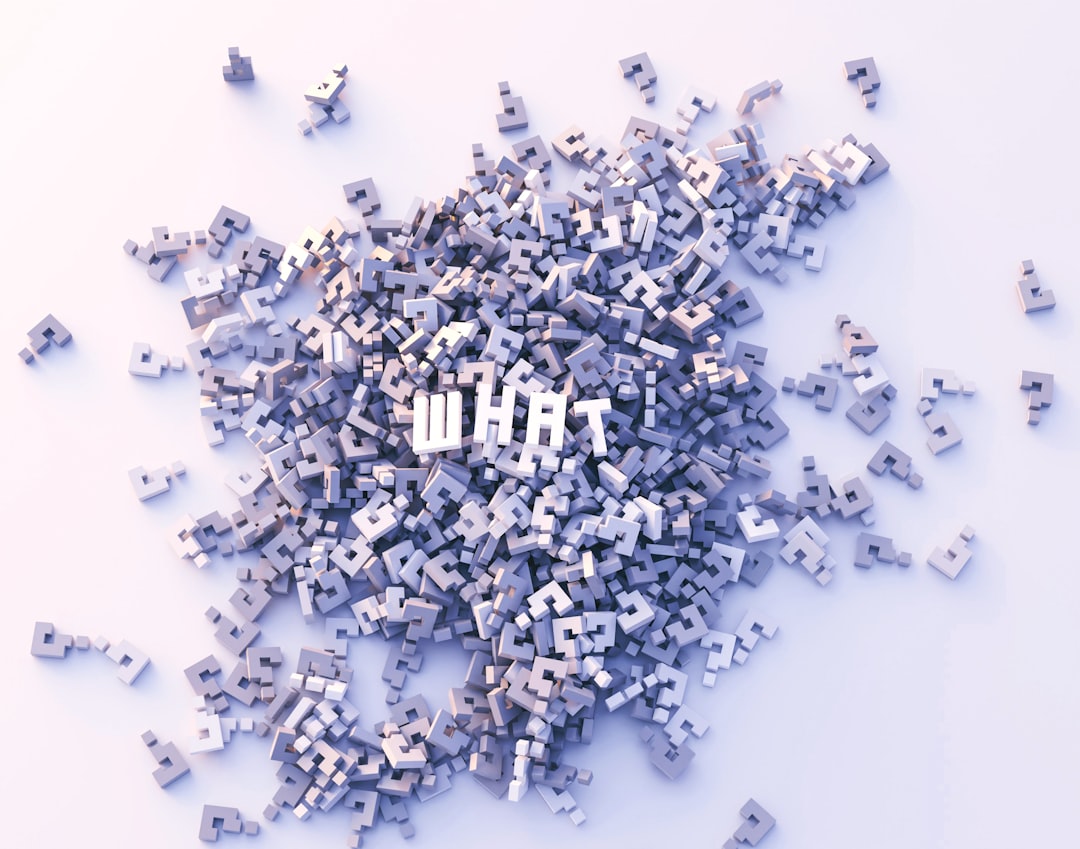
What is dopamine addiction?
Dopamine addiction refers to the compulsive need for high-stimulation activities that flood the brain with dopamine—such as social media, constant phone checking, or binge-watching—which over time rewires the brain to crave more of it.
How does dopamine addiction affect productivity?
It decreases your attention span, increases distractibility, and makes it harder to engage in deep, focused work. The brain becomes wired for short-term gratification over long-term results.
Can dopamine addiction be reversed?
Yes, through intentional strategies like dopamine detoxes, habit stacking, deep work rituals, and building systems that reward focus rather than distraction.
How long does it take to reset dopamine levels?
Some people report noticeable changes after 48–72 hours of reduced stimulation. However, lasting change typically takes several weeks of consistent behavior.
What are healthy ways to trigger dopamine?
Exercise, goal achievement, deep work, creative expression, and meaningful social interaction can all trigger dopamine in a sustainable, rewarding way.
